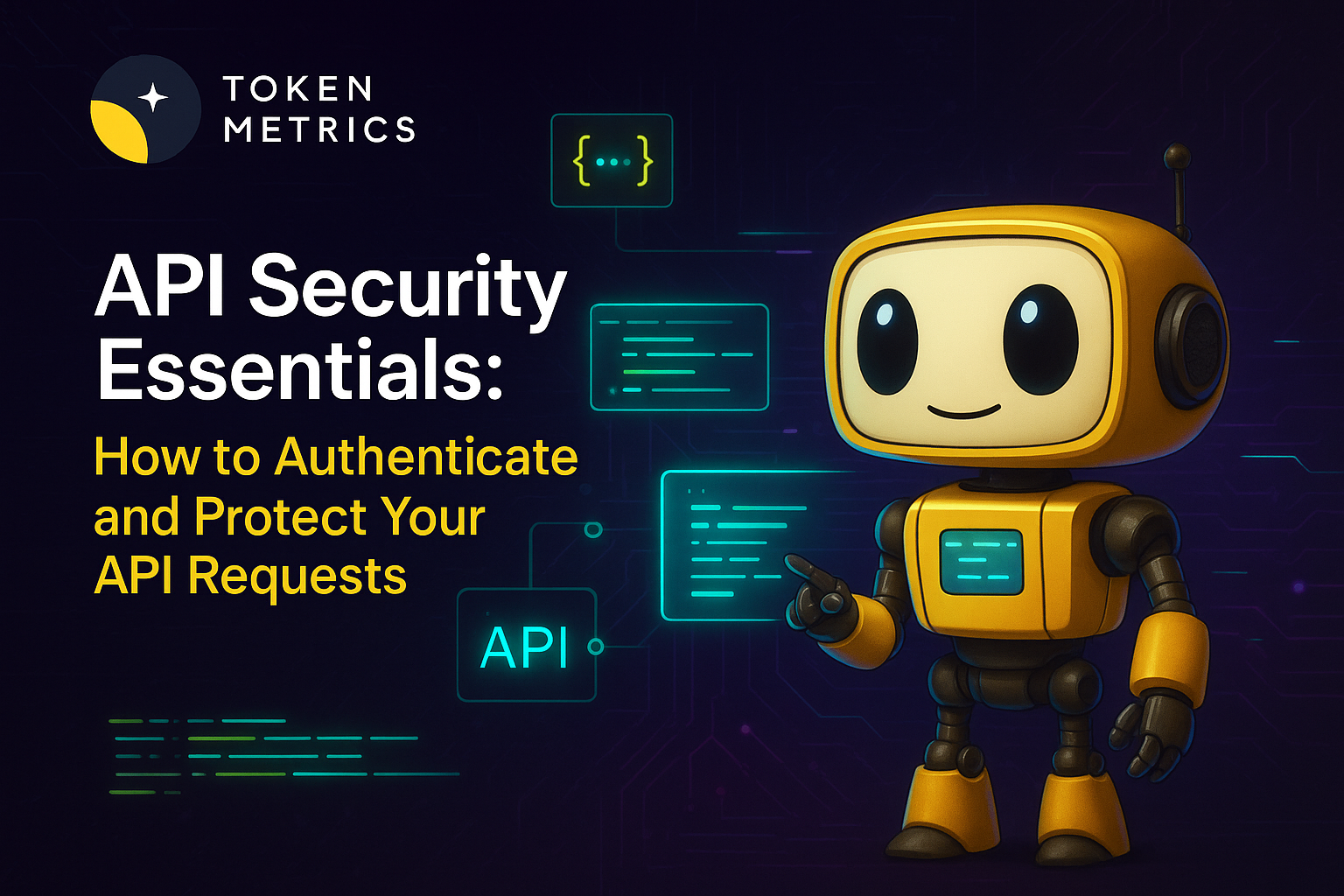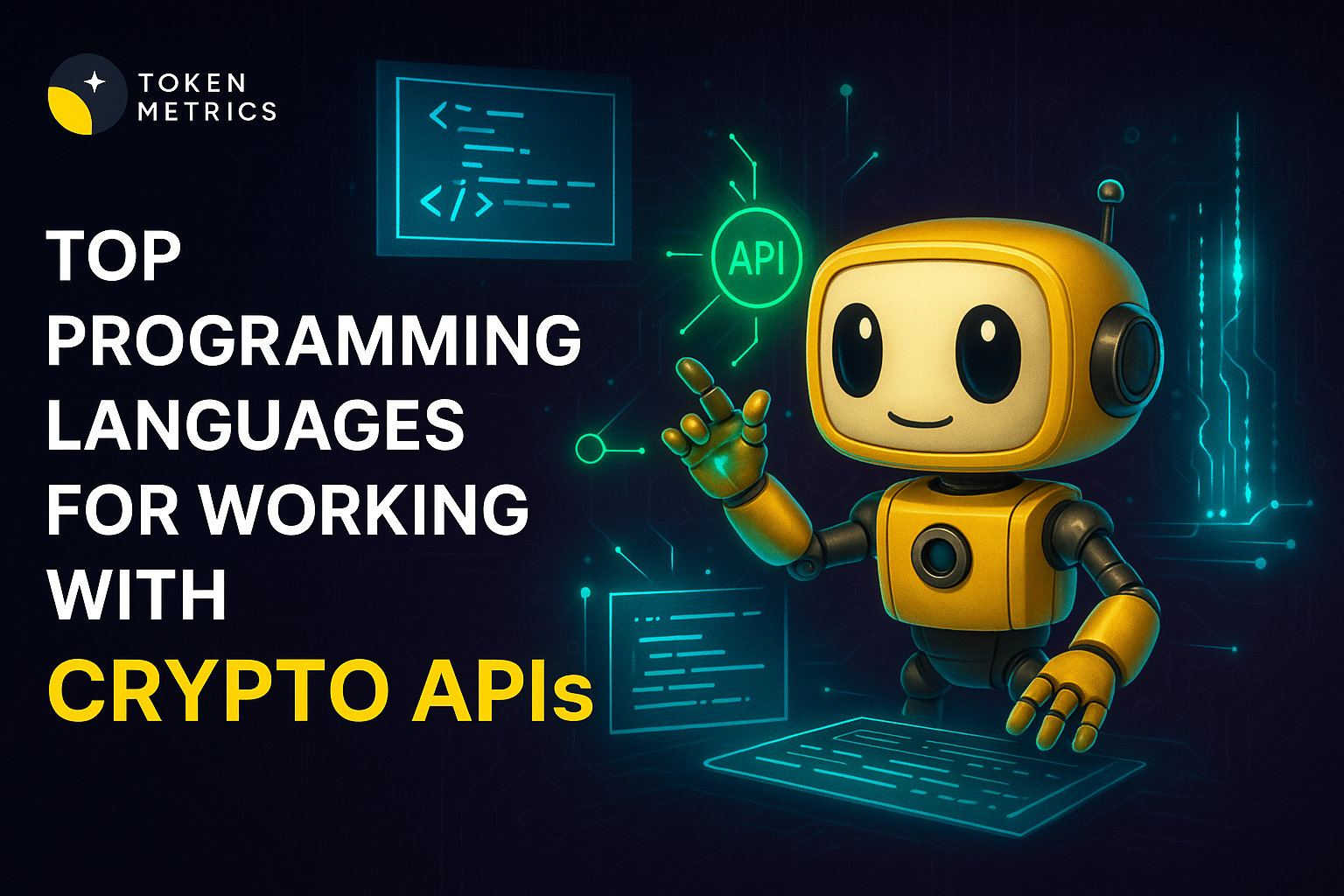
The Death of "Buy and Hold": Why Crypto Has Become a Trader's Market in 2025

The cryptocurrency landscape has fundamentally shifted, and traditional investment strategies are failing investors across the board. If you're wondering why your altcoin portfolio is down 95% despite solid fundamentals, you're not alone—and there's a critical reason behind this market transformation.

The New Reality: Attention Economy Over Fundamentals
According to recent market analysis from Token Metrics, we've entered what experts are calling a "trader's market." The old premise of buying based on technology and fundamentals has essentially expired this cycle. Instead, crypto has evolved into an attention economy focused on trading narratives rather than long-term value accumulation.
"The old strategy of buying and holding fundamental assets like in past cycles and expecting them to do well—that ship has sailed," explains Ian Balina, highlighting a harsh reality many investors are facing.
Why Traditional Strategies Are Failing
The core issue lies in market saturation. Today's crypto market features 100 to 1,000 times more tokens competing for the same amount of trading volume as previous cycles. This massive increase in competition has fundamentally altered market dynamics, making it nearly impossible for individual projects to maintain sustained growth through fundamentals alone.
Key factors driving this shift include:
- Overwhelming token supply: New projects launch daily, diluting attention and capital
- Shortened attention spans: Investors jump between narratives quickly
- Professional trading dominance: Algorithmic and institutional trading has increased market efficiency
- Narrative-driven cycles: Success depends more on timing and story than underlying technology
The Altcoin Season Indicator: Your Market Timing Tool
One crucial metric investors should monitor is the Bitcoin versus Altcoin Season indicator. Currently sitting at 58%, this metric suggests that nearly 60% of returns are flowing into altcoins rather than Bitcoin.
Historically, when this indicator crosses 57%, it signals an ideal time to start trimming altcoin profits. The danger zone begins at 60% and above—previous cycle tops have seen this metric reach 80-88%, marking optimal exit points.
"This is literally a leading indicator historically on when to sell the top," notes the analysis, pointing to data from 2021 and 2022 cycle peaks.
Treasury Company Revolution: The New Institutional Wave
Despite challenges in traditional crypto investing, institutional adoption continues accelerating through treasury companies. MicroStrategy leads with $70 billion in Bitcoin holdings, including $23 billion in unrealized gains. BitMine recently purchased $2.2 billion worth of Ethereum, targeting 5% of ETH's total supply.
This institutional wave extends beyond Bitcoin and Ethereum:
- Solana: Multiple companies are raising billions for SOL-focused treasury strategies
- BNB: B Strategy launched a $1 billion vehicle backed by Binance's founder
- Multi-asset approaches: Diversified treasury companies are emerging across major cryptocurrencies
Projects Bucking the Trend: What's Actually Working
While most altcoins struggle, certain projects demonstrate sustainable growth models. Hyperliquid stands out as a prime example, maintaining consistent upward momentum through:
- On-chain revenue generation: Real trading fees and volume
- Token buyback mechanisms: 97% of revenue used for token purchases
- Growing user adoption: Institutional-level trades moving to the platform
Similarly, projects with genuine utility and revenue sharing are outperforming purely speculative assets.
The Meme Coin Exception
Interestingly, meme coins represent one segment that continues generating significant returns, albeit with extreme volatility. Projects like Bub (up 30% recently) demonstrate that community-driven assets can still achieve impressive gains, though these remain high-risk trading opportunities rather than investment plays.
World Liberty Financial: The Next Major Catalyst
Looking ahead, World Liberty Financial (WLFI) represents a significant upcoming event. Backed by the Trump family and featuring partnerships with established DeFi projects, WLFI launches September 1st with several notable characteristics:
- Fastest-growing stablecoin: USD1 reached $2.5 billion market cap
- Strong institutional backing: $715 million raised across funding rounds
- Treasury support: Alt 5 creating $1.5 billion treasury for the token
- Pre-market trading: Currently available on major exchanges around $0.20
Strategies for the New Market Reality
Given these market dynamics, successful crypto participants are adapting their approaches:
For Non-Traders
- Yield farming: Earn 7-10% on blue chips through DeFi protocols
- Diversified staking: Spread risk across multiple platforms
- Focus on revenue-sharing projects: Prioritize tokens with real utility
For Active Participants
- Narrative trading: Follow attention cycles and social sentiment
- Risk management: Take profits during pumps, maintain stop-losses
- Sector rotation: Move between trending narratives (AI, DeFi, memes)
The Path Forward
The crypto market's evolution into a trader's paradise doesn't mean opportunities have disappeared—they've simply changed form. Success now requires:
- Accepting the new reality: Buy-and-hold strategies need modification
- Developing trading skills: Even long-term investors need exit strategies
- Following institutional flows: Treasury companies signal major trends
- Monitoring key indicators: Use tools like altcoin season metrics
- Risk management: Position sizing and profit-taking become crucial
Conclusion
The transformation of crypto from a fundamentals-driven market to an attention-based trading ecosystem represents a natural evolution as the space matures. While this shift has created challenges for traditional investors, it has also opened new opportunities for those willing to adapt their strategies.
The key lies in understanding that we're no longer in 2017 or 2021—we're in a new era where narrative, timing, and trading acumen matter more than technology assessments. Those who embrace this reality while maintaining disciplined risk management will be best positioned for success in the current market environment.
Whether you're yielding farming for steady returns, trading narratives for quick gains, or waiting for the next institutional wave, the most important step is acknowledging that the rules have changed—and your strategy should change with them.

.svg)

Create Your Free Token Metrics Account

.png)




%201.svg)
%201.svg)


%201.svg)









.svg)




.png)